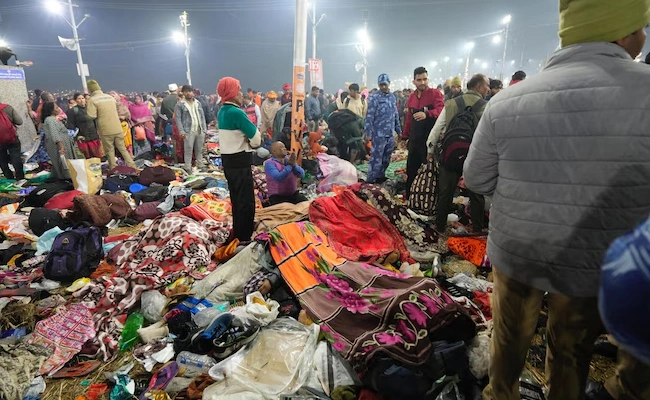
India News

How many people actually lost their lives in the stampede at the Prayagraj Kumbh Mela? So far, there has been no official statement revealing the real numbers. The incident took place at around 2:30 AM, yet the government remained silent until the evening without issuing any official confirmation.
This lack of transparency only fueled fear and speculation among devotees. By the end of the day, officials finally announced that 30 people had died. However, reports suggest that the actual death toll stands at 79. Why is there so much secrecy regarding the number of casualties? Many question whether misleading the public and devotees isn't an offense against God himself.
Even after officially acknowledging 30 deaths, the Uttar Pradesh government has not issued any further updates. Meanwhile, an independent investigation by the media outlet News Laundry revealed a shocking truth. They visited four hospitals, including Motilal Nehru Medical College and Swarooprani Hospital, and confirmed that the actual death toll from the January 29th stampede was 79.
At Motilal Nehru Medical College, an official reportedly showed a list of 669 names, stating that all of them were brought in after the stampede. Further verification from other hospitals confirmed that at least 79 people had lost their lives.
Many believe that hiding such critical information is a grave injustice. Critics argue that the Prayagraj Kumbh Mela has been turned into a commercial venture, and revealing the true number of casualties might discourage more devotees from attending, ultimately affecting revenue. This, they say, is why the government is allegedly manipulating the data.
Suppressing the truth does not ensure the safety of devotees. Instead, the government should focus on highlighting the measures it has taken to prevent such tragedies in the future. However, Yogi Adityanath’s administration is facing increasing criticism for misleading the public rather than prioritizing safety and transparency.
Advertisment